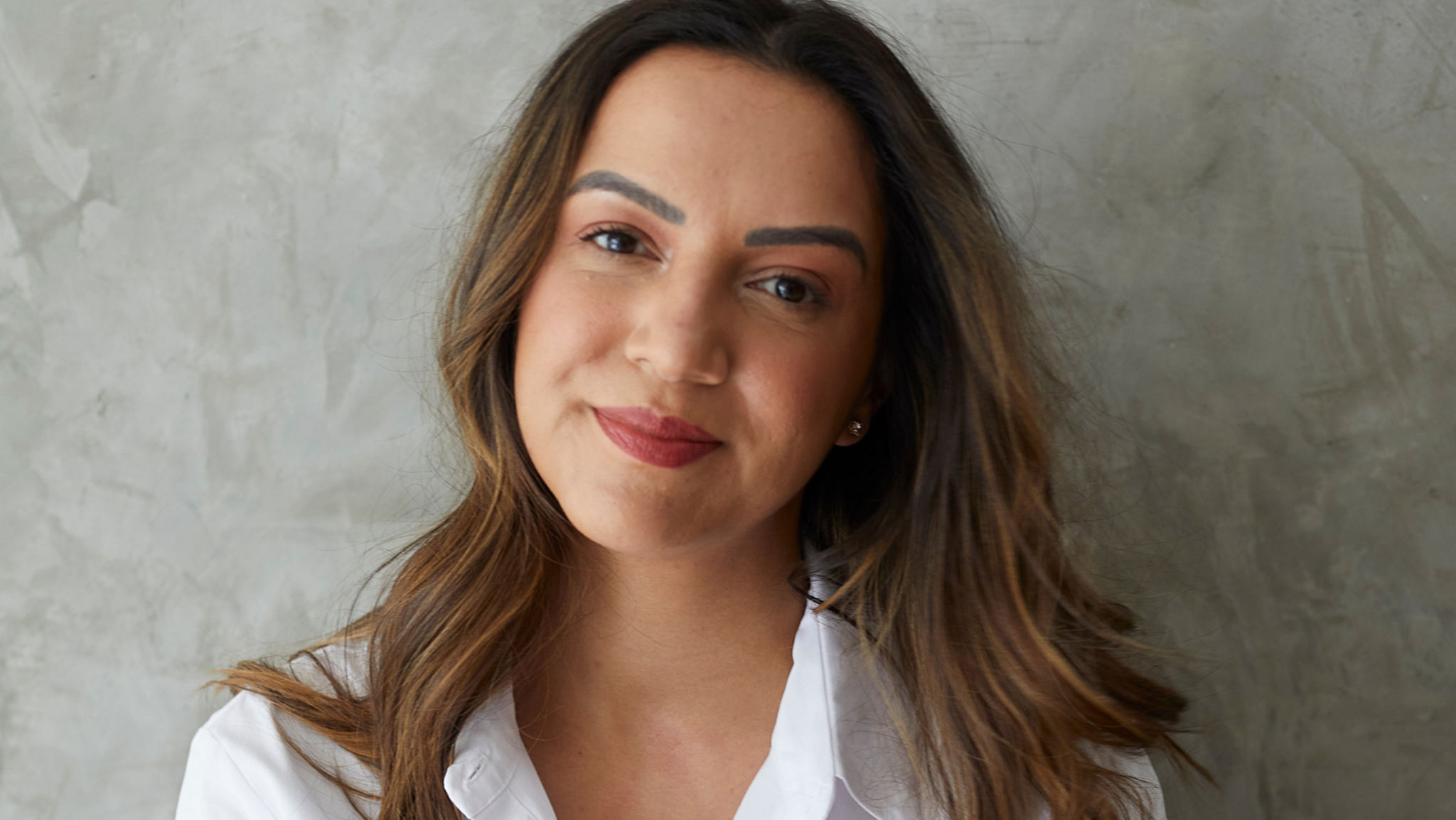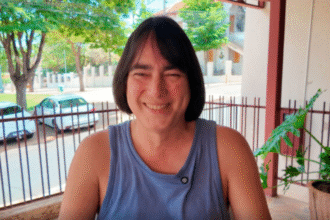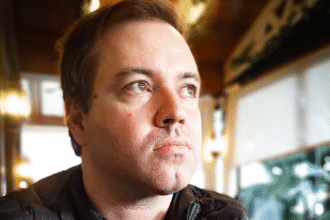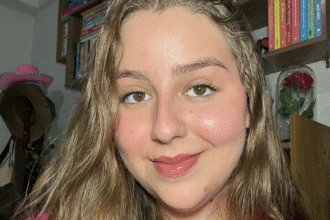Ana left her native Bahia as a child, looking for new opportunities in São Paulo. Years later, now a mother of three children and facing the adversities of a life built far from her dreams, she becomes the family’s sole provider. But it is through the eyes of her daughter, Sol, that Ana transforms into a superhero figure, carrying a red cape that seems to defy the pain and responsibilities of everyday life.
This is the plot of “Sra. Capa”, a book written by Fabiana C.O. ., which tells the story of Ana and her family from the intimate perspective of her daughter. Between moments of connection and difficulties, the work portrays the journey of an ordinary woman facing the challenges of motherhood, work and the search for self-knowledge.
Based on real experiences of the author, who also faced bouts of depression, “Mrs. Capa” is more than a fictional narrative: it is a testimony of healing and female empowerment. Fabiana CO not only shares her family’s story, but is also committed to helping other women become independent and reconnect with their emotions.
Furthermore, the book presents a solidarity initiative, in partnership with the NGOs “AC Despertar” and “Empoderem-se”, which support women in vulnerable situations. Readers can purchase the copy accompanied by a velvet bag, produced by the institutions’ seamstresses, the sale of which benefits the producers.
With a diverse professional career and a commitment to women’s causes, Fabiana CO uses her experience as a businesswoman and speaker to open a dialogue about the value of self-knowledge and respect for one’s own feelings. “Mrs. Capa” is not just a book, but a tool of transformation and inspiration for all women seeking to find their own inner strength.
Her personal story appears to be a source of inspiration for the plot of “Mrs. Capa.” What was the process like of transforming your experiences into a fictional narrative?
It was challenging, I’m not going to lie. There was so much to be explored, and, at the same time, I questioned whether people would believe in the character and the plot. There was a moment when I stopped, I wrote everything that was true in “Mrs. Capa”, and that was when I was sure it was possible. I found balance in the construction of themes. I looked for themes in my observations, personal history and in the exchanges I had during my life. This search was very close, with a very intimate core, and I had the need to change some details and characters. Overall, the process was very balanced. To bring truthfulness and, at the same time, to build characters that could speak to all women. At first, I didn’t want to focus on where they lived, hair color, age, etc. I wanted people to feel it. And it was this construction, the mixture of my life and my mother’s that created “Mrs. Cover”.
The relationship between mother and daughter plays a central role in the book. How have you explored this complex dynamic and how is it reflected in your own personal experiences?
The exploration of the theme was part of the first draft of what would be “Mr. Cloak”: a woman in a cloak, who hides what she feels, gives herself, cares more for others than for herself, etc. When I finished this draft, I asked myself: Is Mrs. Capa my mother? At that moment, I understood that my writing would come from my personal observations and everything I had already experienced and heard from my mother. The book was created and inspired by the woman who gave me life, and by so many women who surround us. I really emphasize the importance of being truthful and talking about how we feel. And I asked myself about this movement and empathetic look starting with the first person we actually have contact with in this life: our mother. It’s a complex exercise, I know, but we need to bring it to awareness and train.
My mother was the person who most understood my depression. At the same time, she did not recognize her moment and her feelings at various moments in her life… There came a time when I delved into my traumas and had to learn to separate the stories, forgive her and understand that she was doing her thing. better. This helped my process. Sitting , talking, crying and hugging need to be more constant. This all happened before the book, and I’m sure it got me involved in showing this to people. Today what I do very often is talk and show my daughters that mom is sorry, mom is sad today, etc. Taking off this hero mother cover is necessary. After all, we learn from our mothers how we live life.
“Mrs. Capa” touches on deep themes such as depression, abuse and self-discovery. How did you balance the sensitivity needed to deal with these sensitive subjects while telling the story?
If I mention a technique, I’m lying. My biggest goal was to bring light to these themes. My writing is drama with affection. Part of my sensitivity comes from how I live my life: I recognize the problem, I believe in improvement and I want to talk about… By bringing these themes to “Mrs. Capa”, I believed that talking about some issues would not actually bring about a connection with people. When I talk about abuse, for example, I could have written half the book about it. But once I put the theme into a few pages and people connect with what the character feels, it brings much more connection and reflection. I believe that my sensitivity was possible because I focused on the feelings generated in each theme. I didn’t give a beginning, middle and end to each subject. I gave a feeling. And, looking at this logic, I conclude that I balanced the harshness of each theme with the feeling of each character and the feeling that the reader has when reading.
You mentioned the partnership with the NGOs “AC Despertar” and “Empoderem-se” as part of the book launch. How did this collaboration come about and how important is this work to you?
When I said I would have the bag, I looked for suppliers and quoted import quotes. The cost presented was very low and my product would be made on the other side of the world. But I didn’t feel like it was right. I wanted a national production and I was literally sewing paths. My main character is a seamstress and, as I was volunteering in a social project, I asked for a recommendation and reached out to the girls at AC Desperta e Empoderem-se Manas. It was beautiful to see the construction of the bag, the involvement of so many “Anas” sewing something so important for history and for me. The bag created a connection between fiction and real life. When people understand the importance of the bag, they truly understand my emotion when talking about it. The bag, in addition to the emotional side, brings opportunity through sewing for these women. It became a craft, a job and a moment of learning and starting over.
The velvet cover produced by the NGOs’ seamstresses is an incredible and innovative idea. What inspired you to include this element in promoting the book?
My biggest inspiration was the pandemic. Yes, it sounds strange, but it’s true. We had been in isolation for 2 years and were increasingly maintaining online contact. I’m a physical and hug person, so I realized the need to bring something more sensorial to the book. I wanted to provide a warm feeling in people’s hearts. It was a gamble, so much so that during the production of the book the idea was not well accepted by people in the publishing market. There was a lot of talk about it being something just for the launch, etc. When the partnerships with NGOs were made and the bag that was already part of the book’s narrative began to be part of other women’s, I had no doubts about its importance and continuity. My biggest goal now is to have more NGOs and seamstresses, and to sell more and more books. It became something bigger than the story of Ana and Sol. With the bag, my book is part of dozens of women in this country. It is a social project that is linked to history and that once again makes the reader “feel” the book!
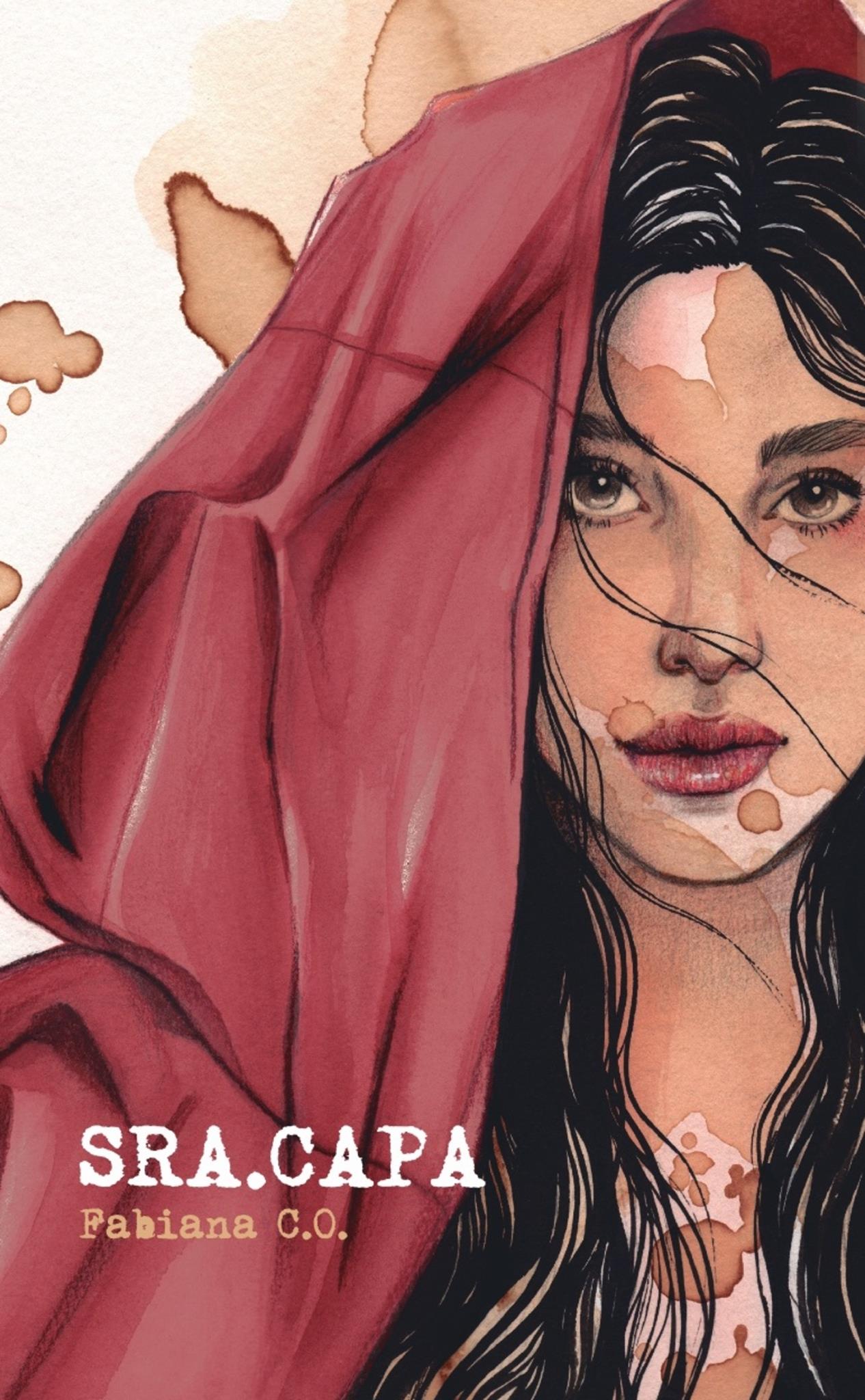
You mention that the book is a personal healing journey. How has writing this book impacted your own journey of healing and transformation?
From the moment I write about depression and bring the topic and part of my experience to my readers, family and everyone who seeks to know about me today, I understand that it is already an important stage of healing: recognizing and talking about it. During my process of self-discovery, I saw writing as a way for me to do what I liked and that made sense. Sometimes I call it a purpose, other times a mission, and so on. But, truly, I see that understanding this side of me was giving light to a part of me that I didn’t see. Discovering that I wanted to write was the icing on the cake of my journey of self-discovery. When writing “Ms. Capa”, I went back several years: observing and living depression. I put myself in the role of reviewing some traumas, of creating a character that had so much of me and that made a lot of sense for me to put together the puzzle pieces of my life.
How do you hope “Mrs. Hood” resonates with readers, especially women who can identify with the main character’s experiences?
“Mrs. Cover” is intense, but it is a book that brings deep love, reflections and moments of feeling that we are not alone. When reading “Mrs. Cover”, we have a simple example of how any story is constructed through different perspectives and the individual feelings of each person. Of course, the connection with feelings and experiences is more constant among women; they connect with the experiences portrayed in the book, as they live it directly or indirectly. The book brings up topics that we don’t talk about openly and others that we find so banal that it’s not worth reflecting on. The role of the overworked woman, for example, has been so fantasized in modern society that everyone accepts it as something positive. When I bring up with my literature that we need to see this cover and remove it, it screams: “We need to talk about this! What brought me here? What camouflages me, or what do I hide? Do I have depression?”
When I bring Ana with her life list, readers start to check . With this connection, I hope that everyone can recognize their layers and those of people close to them, that they have a more empathetic look at exchanges and relationships and that they can have moments of less cover to be who they really need to be. And, of course, people ask for help. Preventing depression, recognizing and looking at the disease without prejudice is a big goal in my writing.
Could you share with us a particularly significant or challenging moment during the process of writing this book?
I think the most significant moment was when I lost my maternal grandmother in the middle of producing the book. My grandmother Maria is in the prologue, and the entire construction of the handloom that I talk about is real and it is her on that page. I was writing about her daughter, her granddaughter, about her in an indirect way, and it gave me pause. I spent two months without inspiration and without the desire to write. I needed to respect this pause and breathe. It was exactly at that moment that I was reliving the last two years of her life and I was noticing the quality of presence I had with her. The importance of being together, doing something small but very important with and for the person. The little details and secrets of life. Every time I observed what this relationship had been like in the final moments, I became calmer. This unlocked my creative side, as I wanted people to have a similar feeling to me before losing someone. I remember one night doing a musical round, and she talked about her favorite song. This is priceless. I didn’t know much about my grandmother, but I had the opportunity to know a little, and that little and some pains made her the woman she is and that I carry with me.
What are your future plans? Do you plan to continue exploring similar themes in your next literary projects?
I’m getting ready to start writing my next book: “The Hole”. The book will continue my desire to explore topics related to psychology, everyday life and, of course, female life. I notice a more dramatic tendency in my writing, and I’m very excited about what lies ahead. I’m studying a lot and this gives me more confidence and at the same time more responsibility for this new project.
Readers ask for Mrs. Cover 2. Does it have content? Yes! But this is not the time… “O Buraco” needs to come first, that’s what I feel and want. What I am organizing is the production of a collection referencing the book “Mrs. Cover”. The idea is to bring the stories and exchanges that I had over the last year with women from different regions of Brazil and, in fact, show that we are all Mrs. Capa. The project is in draft and has a good chance of being launched in 2024. This collection will give me a breather for the new publication and, at the same time, deliver something to my audience.
Follow Fabiana C.O. on Instagram

